Booker T. Washington Boyhood Cabin
Introduction
Text-to-speech Audio
Images
Portrait of Booker T. Washington
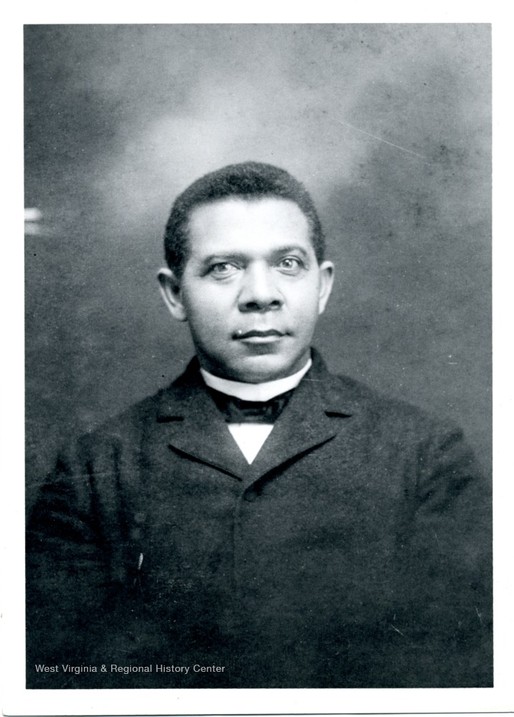
Home of Booker T. Washington at Malden
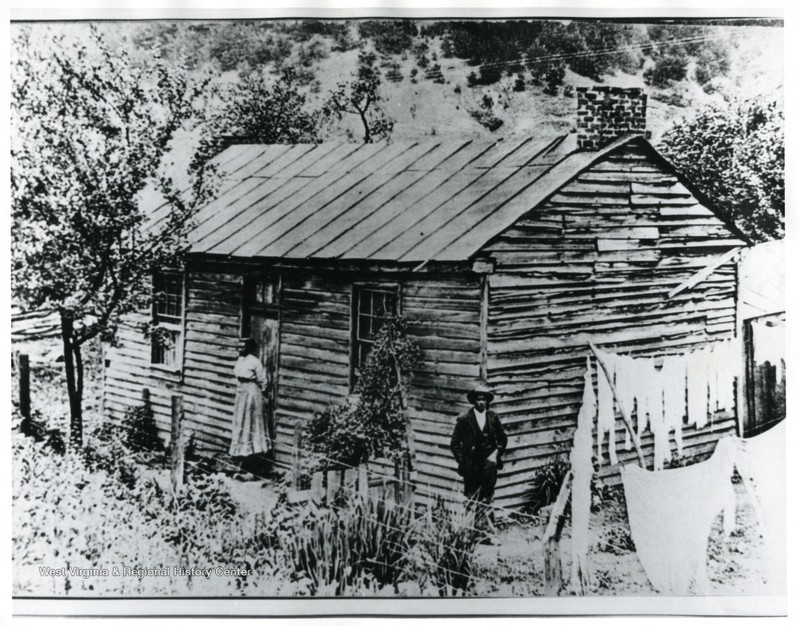
Undated Black and white photo of original cabin that provided a model for this replica. Courtesy of the U. of North Carolina.
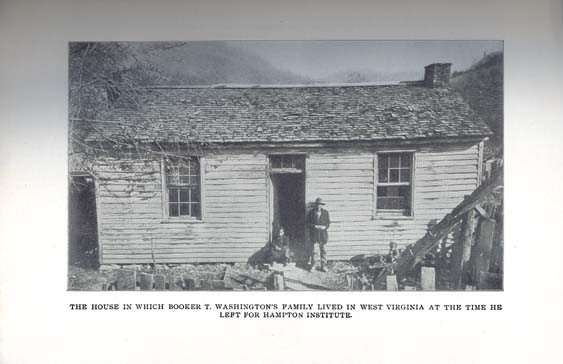
The home from which Booker T. Washington went to Hampton
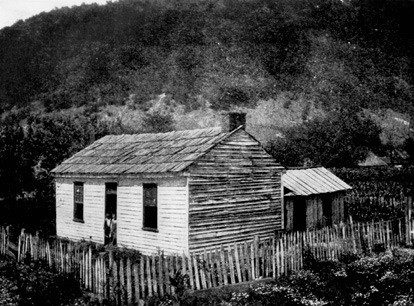
Interior of the rebuilt cabin
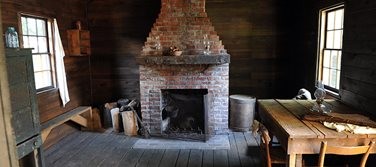
This historical marker emphasizes Washington's early years and the family's thrift and hard work.
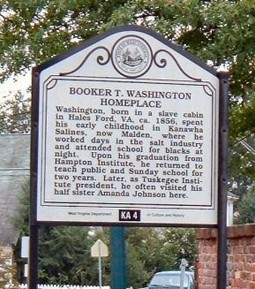
Booker T. Washington
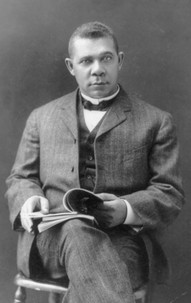
Washington in Graduate Gown
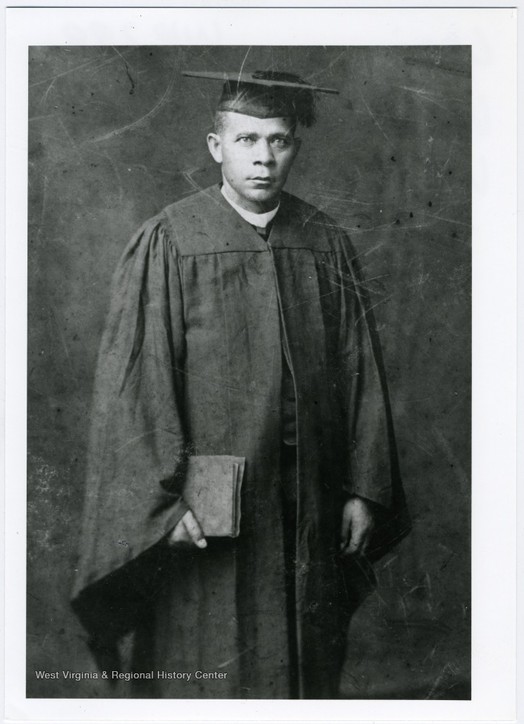
Booker T. Washington in his office, 1902
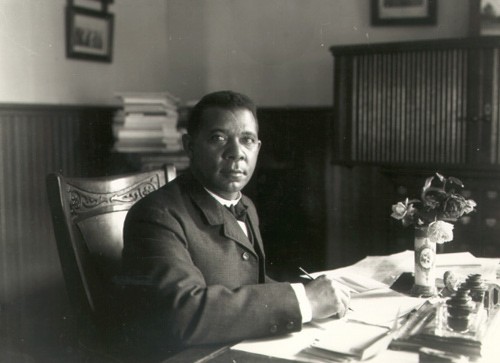
Booker T. Washington and sons
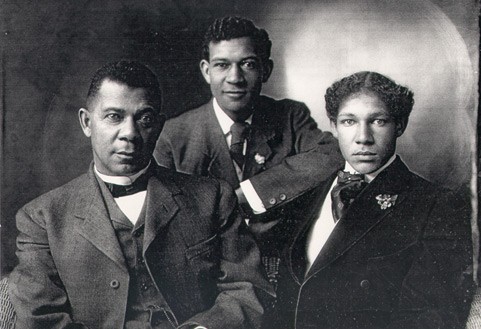
Booker T. Washington and sons on horseback
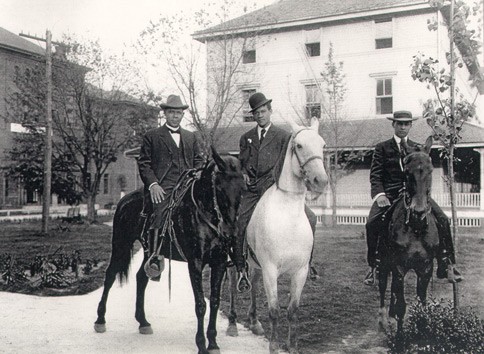
Booker T. Washington and his private secretary, Emmett J. Scott in his office, 1902
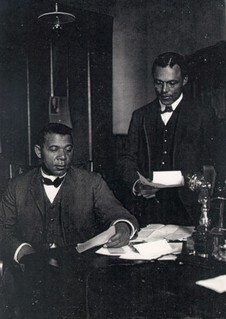
R.C. Ogden, Senator Taft, Booker T. Washington, and Andrew Carnegie
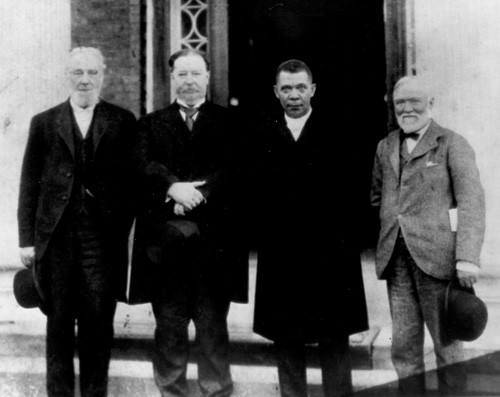
Booker T. Washington on his last southern tour in Louisiana, 1915
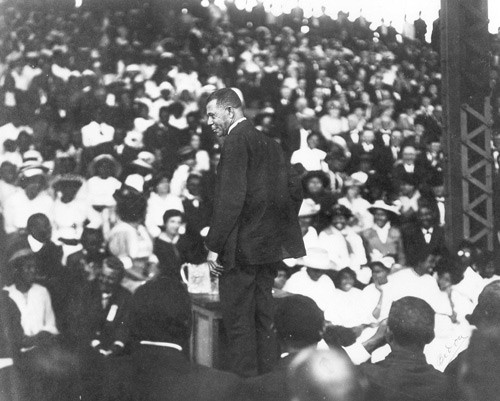
Backstory and Context
Text-to-speech Audio
Located just behind the African Zion Baptist Church in Malden, this cabin was constructed based on photographs and documents to resemble the boyhood home of one of the most influential American educators, Booker T. Washington. In 1865, nine-year-old Booker traveled with his family to the Kanawha Valley. Washington was born into slavery in Franklin County, Virginia, on April 5, 1856. During the Civil War, his family was freed and Booker's stepfather, Washington Ferguson, moved to the Kanawha Salines - present-day Malden - to work at the salt furnaces. When the war ended in 1865, Booker’s stepfather sent for the rest of his family, who then traveled over two hundred miles to the Kanawha Valley. While the family procured a small wagon with enough room to hold their belongings along with Booker’s mother, the children walked the majority of the two-week journey to their new home. At the time, Malden was the commercial center of what had been a bustling salt industry in the decades before the war. Although the valley’s economy had entered a decline just before the Civil War, one or two salt furnaces remained in operation at the time of Booker and his family’s arrival.
Shortly after moving to the Kanawha Salines, Booker and his brother John began working as salt-packers alongside their stepfather. The work was long and labor-intensive, often requiring the boys to wake up before sunrise but not finish until after dark. Despite the grueling work, Booker soon developed an intense longing to learn to read. He was at first self-taught from a blue-back speller that his mother gave him, before a young African-American man came to teach at the first Black school in Malden, where Booker is said to have chosen the last name Washington. A few years after coming to Malden, Booker became a houseboy for saltmaker Lewis Ruffner and his wife Viola. There, Booker learned the importance of hard work, cleanliness and thrift, and he later credited Viola Ruffner with the encouragement and material support that allowed him to continue his education.
In 1872, Washington entered the Hampton Normal and Agricultural Institute in Virginia at the age of sixteen. After graduating with honors in 1875, he returned to Malden to teach both regular and Sunday school for the town’s African American population. In 1878, Washington left Malden to attend Wayland Seminary in Washington, D.C., before he returned to the Hampton Institute as a teacher. When school was out, Washington came back to West Virginia to work in the coal mines. He also occasionally returned to Malden to visit his family, and married his first wife, Fannie Smith, at African Zion Baptist Church in 1881. During this time, as Washington completed his education and entered the professional world, he was also emerging as an eloquent speaker and a leader in the Black community.
In 1881, Washington was selected to serve as principal of a new normal school for African Americans in Tuskegee, Alabama. The school had a humble beginning, with its 37 students meeting in a chapel with an adjoining shanty. The next year, Washington bought the grounds of a former plantation, out of which he expanded the school in the years that followed. Under Washington's leadership, the Tuskegee Institute became one of the country’s leading African-American educational institutions, promoting the pursuit of vocational skills and the development of proper manners and morals. By the end of Washington’s last full year as the head of the school in 1914, the Tuskegee Institute had 110 buildings, 2,110 acres of land, and more than 350 head of livestock, along with a permanent endowment fund worth more than two million dollars.
A forceful speaker, Washington also became skilled in politics. As early as 1877, he was involved in a campaign to influence African Americans to vote in favor of Charleston in a referendum to determine the permanent site of the West Virginia state capitol. On September 19, 1895, Washington spoke at the opening of the Cotton States Exposition in Atlanta, Georgia, where he argued that African Americans should pursue their own economic and moral advancement by becoming efficient at vocational skills rather than following legal and political means for collective advancement. The speech launched him into national recognition and made him an unofficial spokesman of the African-American people. Washington became acquainted with several U.S. presidents, as President William McKinley visited Tuskegee and Washington dined with President Theodore Roosevelt at the White House in 1901. Washington also served as an informal adviser to Presidents Roosevelt and Taft. At the same time, contemporary African American leaders were often critical of Washington's personal ambition and methods, as figures such as DuBois and William Monroe Trotter believed that Washington was too willing to accommodate segregation by focusing his efforts on raising funds from white donors and building Black schools. Despite their criticisms, Washington remained a dominant figure in race relations from 1895 until his death in 1915.
Although he spent less than ten years in Malden, Washington retained his ties to the community throughout his life. He maintained his membership to African Zion Baptist Church and returned many times to visit his half-sister, Amanda Washington Johnson, for whom he eventually purchased a large house in town. The community as a whole was also abuzz with excitement every time Washington came to town. In a June 1939 article in the Charleston Daily Mail, an elderly woman recalled how, every time that Washington came back, “it was just as if there was a house on fire somewhere in town. Everyone wanted to see and hear him.” Although Washington passed away on November 14, 1915 in Tuskegee, his legacy endured in Malden. Although Washington is best remembered for his accomplishments as an adult, community members and historians alike sought to preserve the evidence of his West Virginia boyhood. Photographs of the long-demolished cabin in which the Washington family lived were used to construct a replica of the building in 1998. The reconstructed cabin, along with a replica of the school that Washington attended as a young boy, are located behind African Zion Baptist Church.
Sources
Bush, Lawson. Booker T. Washington (1956-1915), BlackPast. January 17th 2007. Accessed February 18th 2020. https://www.Blackpast.org/african-american-history/washington-booker-t-1856-1915-2/.
Bundy, Joseph. Booker T. Washington, The West Virginia Encyclopedia. December 9th 2015. Accessed February 18th 2020. https://www.wvencyclopedia.org/articles/890.
Harlan, Louis R.. Booker T. Washington's West Virginia Boyhood. West Virginia History, vol. 32, no. 2, 63 - 85. Published January 1st 1971.
Maurice, Jack. Booker T. Washington's Boyhood Home May Be Rebuilt, Charleston Daily Mail. June 18th 1939. Accessed February 18th 2020. http://www.wvculture.org/history/notewv/bookert1.html.
Norrell, Robert. Up from History: The Life of Booker T. Washington. Harvard University Press, 2011.
https://wvhistoryonview.org/catalog/031546
https://wvhistoryonview.org/catalog/013158
https://www.nps.gov/museum/exhibits/tuskegee/lgimage/btw7.htm
https://www.wvstateu.edu/about/history-and-traditions/booker-t-washington-institute.aspx
https://www.wvencyclopedia.org/media/4047
https://wvhistoryonview.org/catalog/030385
https://www.nps.gov/museum/exhibits/tuskegee/lgimage/btw28.htm
https://www.nps.gov/museum/exhibits/tuskegee/lgimage/btw3.htm
https://www.nps.gov/museum/exhibits/tuskegee/lgimage/btw5.htm
https://www.nps.gov/museum/exhibits/tuskegee/lgimage/btw26.htm
https://www.nps.gov/museum/exhibits/tuskegee/lgimage/btw27.htm
https://www.nps.gov/museum/exhibits/tuskegee/lgimage/btw24.htm
